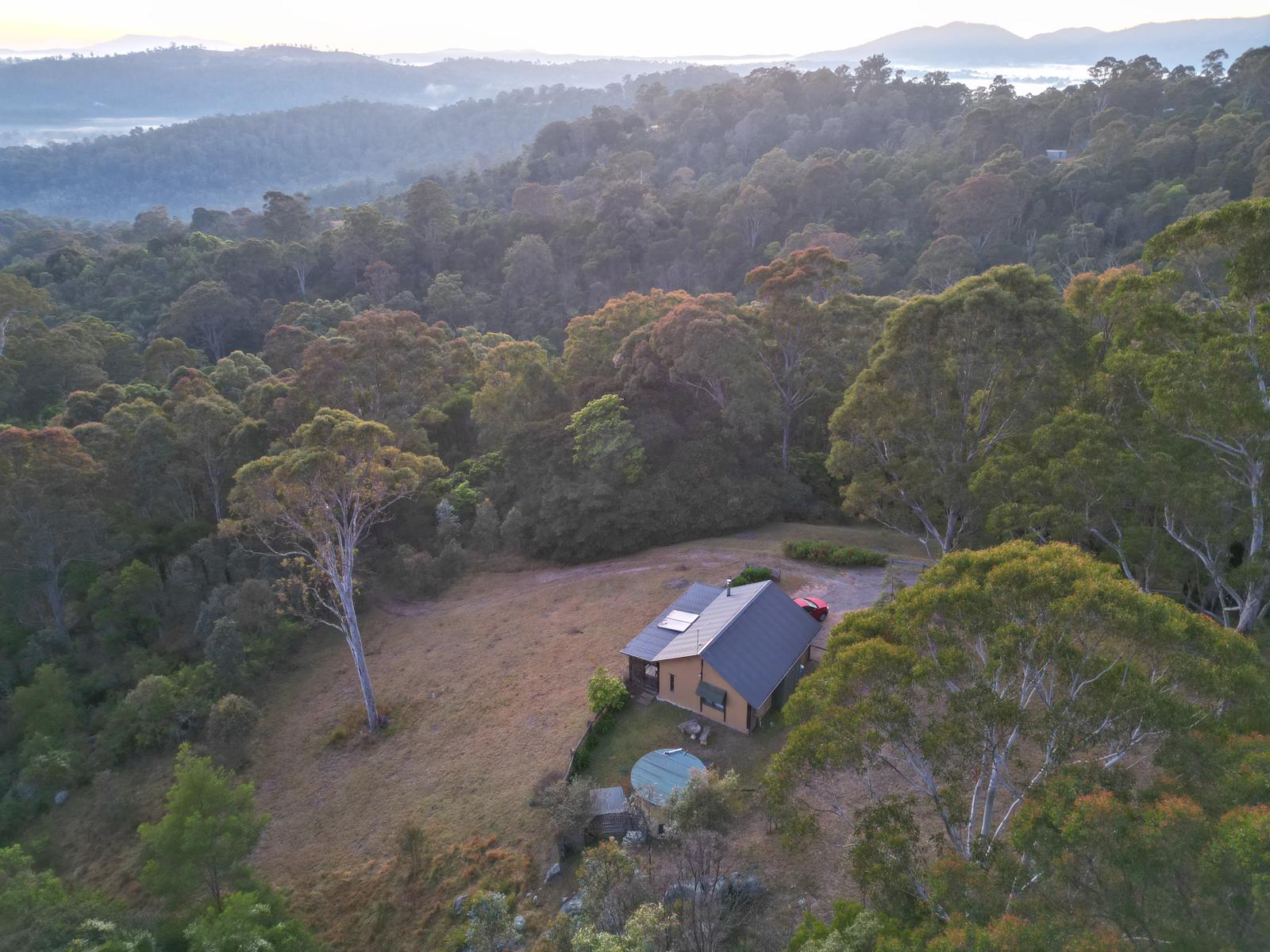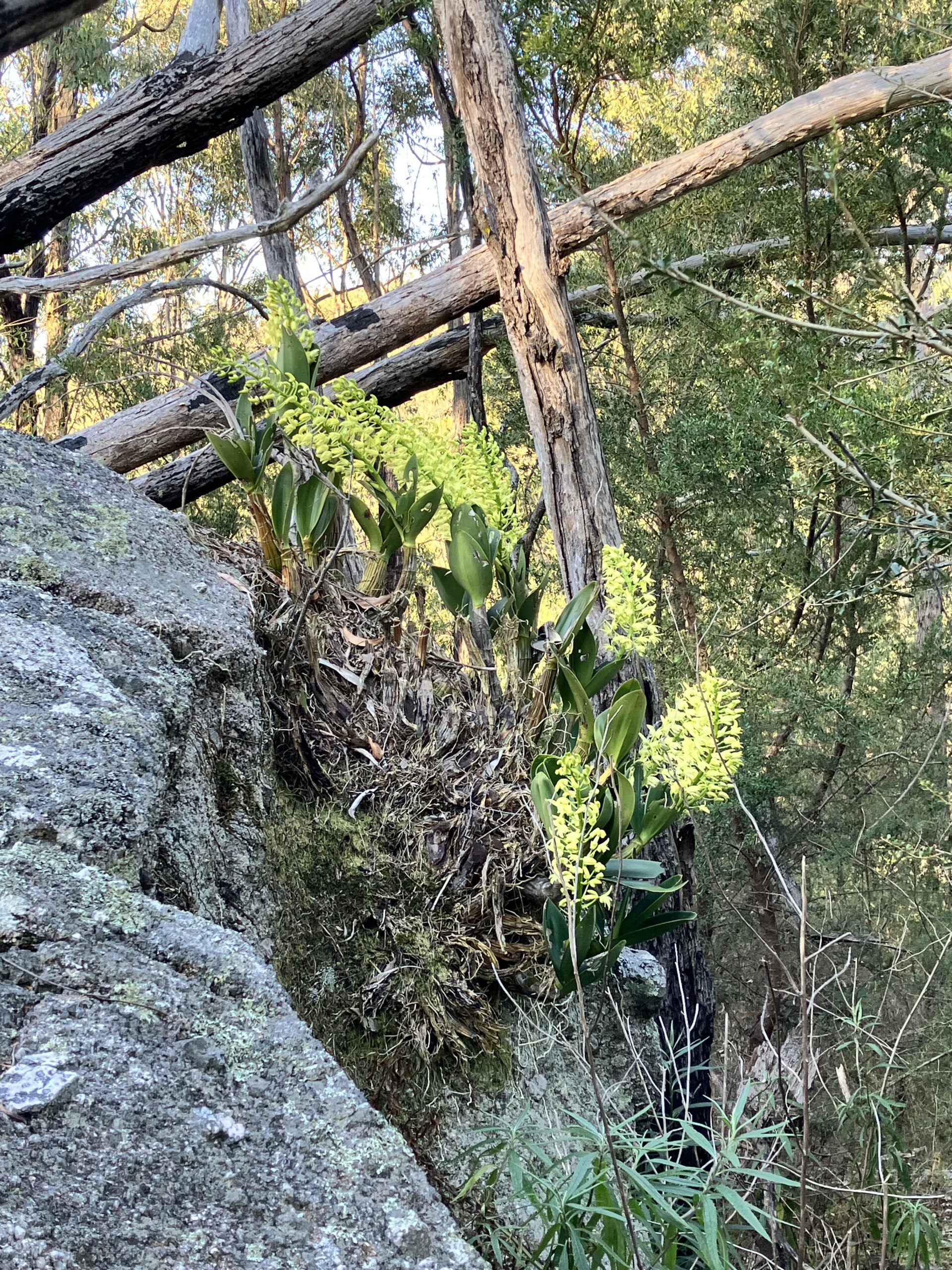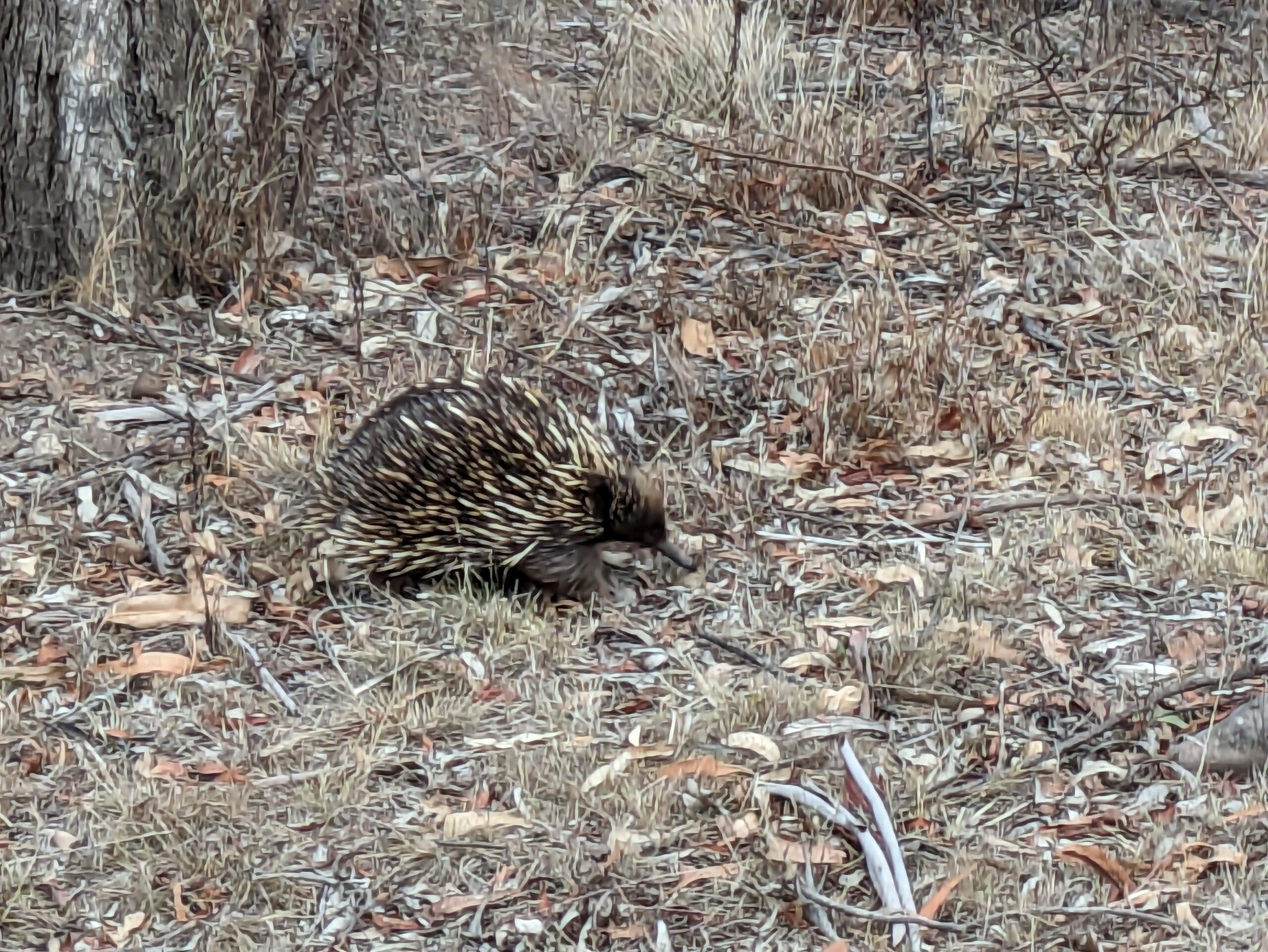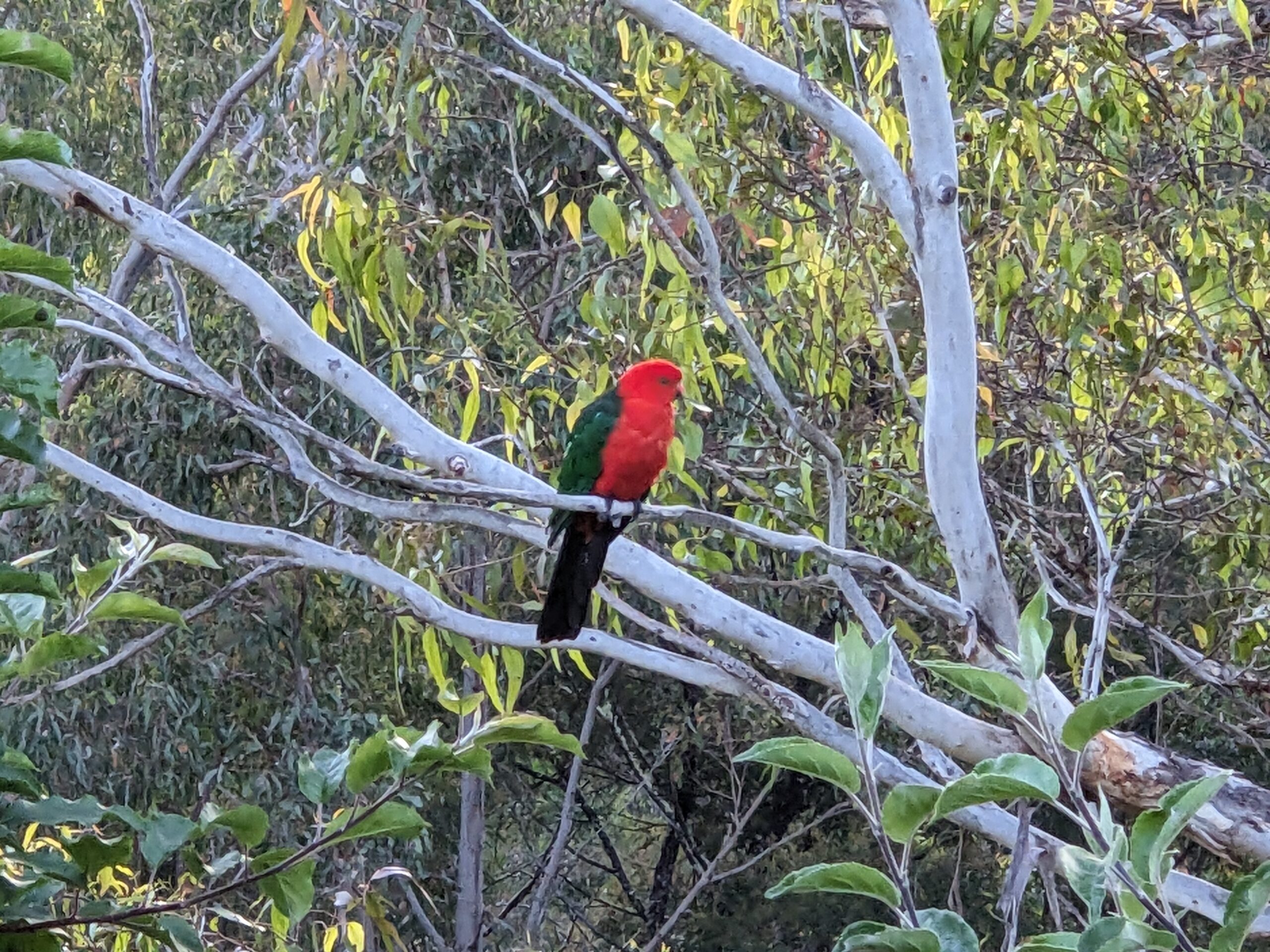

BIODIVERSITY AT ROCK LILY
At Rock Lily we’re home to a unique set of ecologies, including rare endangered forest full of eucalypts, ferns, and grasses, over 100 bird species, and a wealth of fauna from large eastern grey kangaroos and wedge-tailed eagles to tiny phascogales and micro bats. For visitors interested in ecology and wildlife, there are opportunities to get out with binoculars or camera and experience the vast range of life here.
For guests of Rock Lily, we are more than happy to arrange to walk with you around the property to point out significant aspects of this endangered environment and show you how to spot and identify our wildlife and plants.
BROGO VINE FOREST
Here at Rock Lily, we’re fortunate to share our place with a patch of remnant Brogo Vine Forest (also known as Brogo Wet Vine Forest), a type of temperate eucalypt forest. Brogo Vine Forest is listed as an Endangered Ecological Community under the NSW Threatened Species Conservation Act 1995 and has been recommended for federal conservation protection under the Environment Protection and Biodiversity Conservation Act 1999.
Brogo Vine Forest once covered a significantly larger area but is now found in a limited region confined to the Bega Valley. It is found on the margins of the valley between Myrtle Mountain, Tantawangalo and Brogo, from Brogo to Cobargo and on a few hills within the valley. It typically occurs on steep, often rocky slopes with a northerly aspect.

ROCK LILY FLORA
Brogo Vine Forest is a sclerophyll forest with a canopy dominated by eucalypts, including Eucalyptus tereticornis (forest red gum) and Angophora floribunda (rough-barked apple), with an occasional subcanopy of rainforest trees, including Ficus rubiginosa (Port Jackson fig), and an open, shrubby mid-storey and diverse groundcover of forbs, grasses and ferns.
A wide variety of vines and climbers in the ground layer and mid-storey are key characteristics of this forest. Patches of dry rainforest with fig-dominated canopies are commonly found within or adjacent to Brogo Vine Forest on rocky outcrops.

ANIMAL LIFE
Eucalypts are used as hunting and nesting sites for birds of prey such as Ninox strenua (powerful owl) and Accipiter fasciatus (brown goshawk) and provide habitat for arboreal marsupials such as Petauroides volans (greater glider) and Petaurus breviceps (sugar glider). Insectivorous microbats, such as Nyctophilus geoffroyi (lesser long-eared bat) and Vespadelus regulus (southern forest bat), may be found roosting in tree hollows. Varanus varius (lace monitor) may also utilise tree hollows as a food source and as an over-wintering shelter.
Wallabies, echidnas, wombats, native rats, possums, and bandicoots can be seen by a quiet, careful observer. You may encounter several hundred species of birds, reptiles, amphibians, and insects over a visit to Rock Lily.